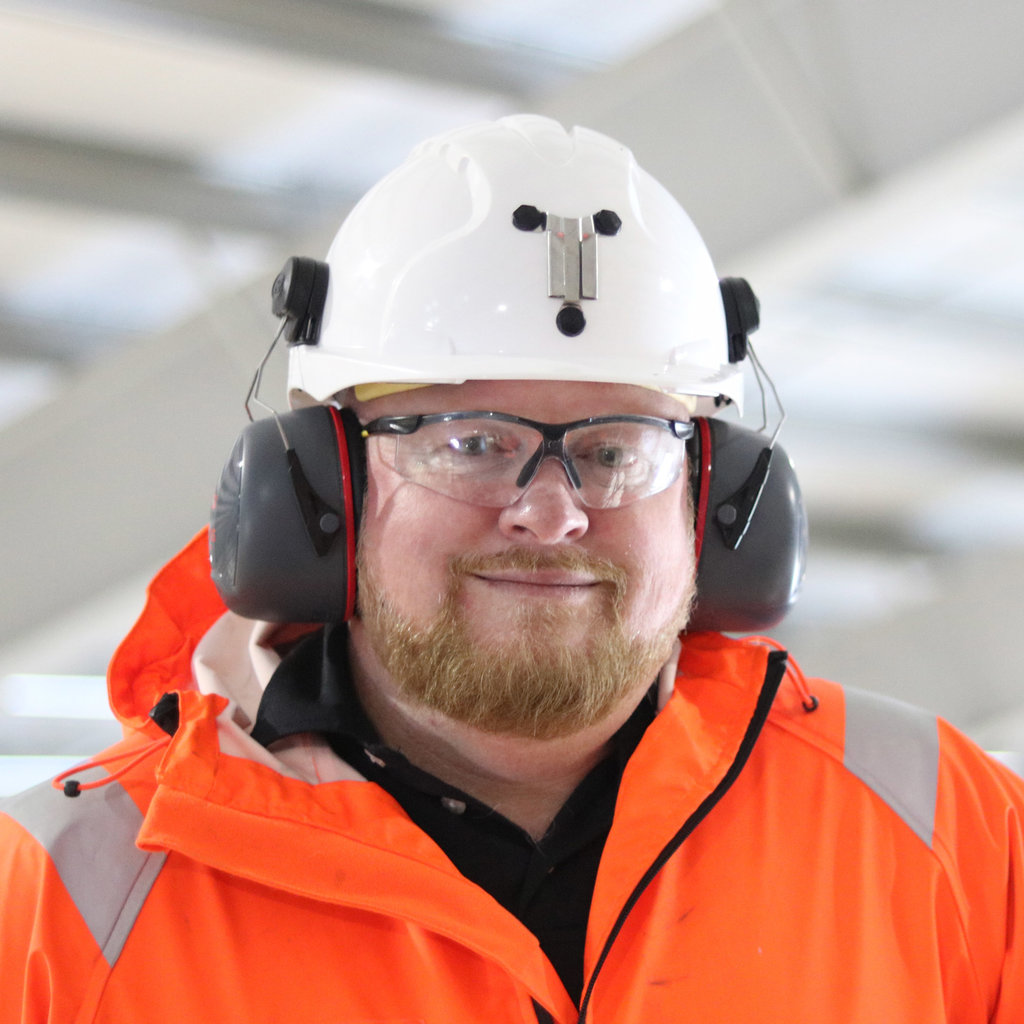Comment
Industry leaders discuss future of digital health at 2024 Medtech Conference
At the MedTech Conference 2024, held in Toronto from 15 to 17 October, a major point of discussion was the potential of digital health offerings to improve the standard of care.

Manufacturers and proponents of digital health products shared their thoughts on what digital health usage could provide. Credit: fizkes / Shutterstock
Digital health has been evolving rapidly in recent years, with many medical technology companies realising that the benefits of connected patient care and remote patient monitoring are of great value to both patients and physicians. Digital health could allow patients greater access to their own health information and could offer physicians more information to make informed decisions for patient care and personalise treatment options for patients through remote monitoring. Despite these benefits, the space still struggles with concerns about patient privacy and reimbursement options.
At the MedTech Conference 2024, held in Toronto from 15 to 17 October, a major point of discussion was the potential of digital health offerings to improve the standard of care. Manufacturers and proponents of digital health products shared their thoughts on what digital health usage could provide, which includes measuring patient indicators, such as sleep or stress, to better inform primary care physicians of patient health, or providing a live record of at-home drug or device usage to physicians without the need for office visits.
However, conference panellists also stressed the hurdles facing digital health. A major problem for digital health is reimbursement, especially in the US. Currently, digital health does not fit into the US insurance system, as treatment is intended to occur within a hospital or doctor’s office. Additionally, programs such as Medicare often undervalue the costs of digital health treatments, despite these options providing great value to the patient. Another problem facing the digital health market is the initial cost of any digital health app, which patients expect to be inexpensive and in line with other, non-medical apps.
The digital health market is a rapidly growing sector within medical devices. GlobalData databases are tracking 6,269 digital health products currently on the market worldwide, with an additional 4,612 products in various stages of development in various countries. All these products are facing or will face similar challenges as outlined by industry leaders at the conference.
Although digital health has incredible potential to modernise and improve patient care, it has evolved faster than the industry and reimbursement have been able to. As such, more widespread use of these devices is dependent on whether the industry is willing to incorporate the use of such devices into existing treatment plans, and if reimbursement policies are updated to include digital health.
DPIs offer drastically reduced emissions
On October 14, ENCHE announced its initiative to train 10,000 medical students in what it calls ‘green prescribing.’ ENCHE, a consortium of institutions led by the University of Glasgow, stated that over the next three years, it aims to help students manage healthcare in the context of climate change.
Students will be taught to treat conditions exacerbated by climate change and to push environmentally friendly therapies, including DPIs. Supported by the World Health Organization, AstraZeneca, GSK, and Novo Nordisk among others, the network seeks to offer education in constituent medical schools and to influence national curricula to follow suit.
Another supporter of this initiative is Dr. Christer Janson, professor of respiratory medicine and allergology at Uppsala University, Sweden, who has researched the potential environmental impact of switching to DPIs.
In a 2019 paper, Janson calculated that pMDIs produce a carbon footprint 20–30 times larger than that of DPIs. Although the volume of an inhaler’s propellant may be small, the hydrofluorocarbons (HFCs) that are often used in these inhalers can have greenhouse effects 1,400 times greater than carbon dioxide.
Janson likens dropping pMDIs for DPIs to a person becoming vegetarian or switching to an electric car.
In the same paper, he stated that 70% of inhalers sold in the UK in 2017 were pMDIs compared to 13% in his native Sweden; applying Swedish DPI use to the UK would result in an annual emissions reduction equivalent to 550,000 tonnes of CO2. “It would reduce the carbon footprint of the NHS by about 3–4%,” he says, driving home the importance of such a change.
Reduced emissions on this scale are particularly relevant to the pharmaceutical industry. Not only is it a major contributor to climate change, being more emissions intensive than the automotive industry, but it is also notably vulnerable to its consequences. A volatile climate poses a serious threat to international supply chains, while vast water supplies are needed to support research and manufacturing.
“We do this all virtually on the computer, so we can make the osteotomy in multiple different places to decide where the most appropriate place to do the correction is.”
From here, relevant standard orthopaedic plates are selected for use in the surgery.
Following these preliminaries, surgical guides, jigs, and plastic models of the patient’s anatomy, in this first case the radius, are 3D printed and then sterilised for use in surgery.
“We make sure that the guide fits the bone in the patient exactly the way we planned for it to fit on the plastic bone. Once we have made sure that’s the case, we secure the guide to the bone with wires, and then we do whatever the plan has been,” says Lattanza.
In osteotomy, such plans generally involve drilling holes and then making the necessary bone cuts.
The great thing about this approach, Lattanza states, is that all that needs to be done to ensure the correction has been completed as planned during the surgery is to line up those holes.
She explains: “If the bone is rotated off 90° and when we drill those holes, they’re off 90° on the bone, we make the cut then we rotate and line up those holes to put the plate on because the plate holes are straight, and that’s how we know that we’ve got the correction.”
Beyond making relatively common osteotomies more accurate, a 3D provision also allows for more complex cases to be worked upon. Lattanza relays a recent case in which a child had broken the radius and ulna bones in their forearm.
“During the time that she was growing, this deformity got ‘very 3D’, meaning it was off in the sagittal, coronal, and axial plane,” says Lattanza.
“You can’t see the axial plane on an X-ray, and if you can’t see it, you can’t correct it.”
In this case, the procedure required two cuts in the radius to restore it to normal anatomy, and one in the ulna.
“In my career prior to having the 3D technology, that’s something that is difficult or impossible to plan and to execute in the operating room, because you wouldn’t even be able to see that you needed two cuts to make it normal again,” explains Lattanza.
Lattanza is keen to add that the influence of 3D printing on preoperative planning and during surgery should not be a cause for complacency, particularly given that there remain limitations to 3D visualisations of CT scans, chiefly in that the current technology cannot show soft tissue.
“Some people think that this is kind of a phone it in now, but that’s not how it works,” she says.
“This is a collaboration between an engineer and a surgeon, and it has to be that way to get a good result.”
Once we see where those changes are, we can plan where we’re going to cut the bone.
Dr Lattanza

Astrocytes are a type of neural cell that builds the BBB, and Excellio plans to derive exosomes from them to make them even better at targeting the brain. Credit: ART-ur / Shutterstock
Caption. Credit:

Phillip Day. Credit: Scotgold Resources
Total annual production
Australia could be one of the main beneficiaries of this dramatic increase in demand, where private companies and local governments alike are eager to expand the country’s nascent rare earths production. In 2021, Australia produced the fourth-most rare earths in the world. It’s total annual production of 19,958 tonnes remains significantly less than the mammoth 152,407 tonnes produced by China, but a dramatic improvement over the 1,995 tonnes produced domestically in 2011.
The dominance of China in the rare earths space has also encouraged other countries, notably the US, to look further afield for rare earth deposits to diversify their supply of the increasingly vital minerals. With the US eager to ringfence rare earth production within its allies as part of the Inflation Reduction Act, including potentially allowing the Department of Defense to invest in Australian rare earths, there could be an unexpected windfall for Australian rare earths producers.
